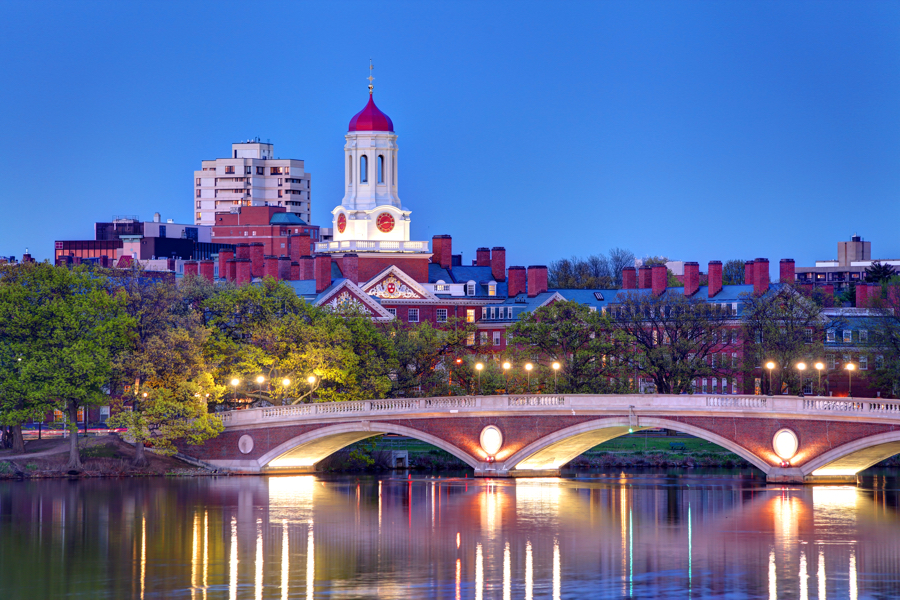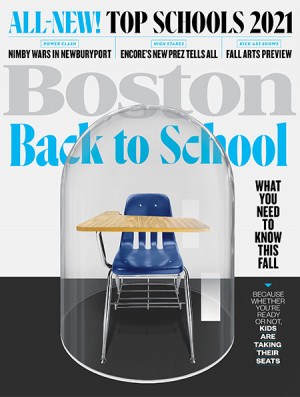New Emails Show How the Harvard Admissions Sausage Is Made
Who you know, and how much you give, appear to play a role in whether you get in. But you probably knew that already.

Harvard University along the Charles River
You’re probably not naive enough to think that all it takes to get into Harvard is book smarts and a can-do attitude. Sure, being a strong student and having some extra-curriculars under your belt helps, and so might a killer essay about learning the true meaning of success on a farm in Montana or whatever.
But pull back the curtain on the gatekeeping process at the world’s most prestigious university, and you’ll find that a whole lot of the bright young minds selected for a lifetime of opportunity happen to come from a certain class of applicants: the sons and daughters of Harvard alums and deep-pocketed donors.
We’re getting a rare look at how this all goes down this week, as emails between top officials at Harvard have surfaced as part of the lawsuit filed over whether the admissions process disadvantages Asian-Americans. The trial began Monday, and on Wednesday, lawyers for Students for Fair Admissions showcased the messages on TV screens in court.
That includes this very cool exchange, as reported by the Harvard Crimson:
“Once again you have done wonders. I am simply thrilled by all the folks you were able to admit,” wrote David T. Ellwood, former head of the Kennedy School, to Dean of Admissions William Fitzsimmons, who he referred to as “my hero.” The admitted students, he wrote, were linked to donors described as “big wins,” including one who had “already committed to a building.”
Love it when a future leader of tomorrow also has a rich dad. (Harvard, for what it’s worth, argues that it only admits qualified students and points out that donations fund scholarships that benefit low-income students, et cetera).
The group taking Harvard to court here is called Students for Fair Admissions. Headed by conservative activist Edward Blum, it’s been working to undermine affirmative action as a whole and will probably end up making this case in front of the Supreme Court. The group once represented a white woman who felt she didn’t get into the University of Texas because minority students took her spot and sued, unsuccessfully. You should take everything Students for Fair Admissions says with a glacier-sized grain of salt. In the Harvard case, Asian students themselves—the apparent beneficiaries of the lawsuit—are divided.
But by bringing these emails to the public’s attention, they do raise a good point about the ickiness of what looks a lot like wealthy and influential people handing over millions of dollars as sweetener for their teenagers’ college applications.
Exhibit B: Fitzsimmons, the admissions dean, was puzzling over an applicant whose grandfather was a “generous donor” and had given $8.7 million to the university over the years. But, he was told in an email by another official, it wasn’t clear how much more the man would be willing to give. Fitzsimmons should rest assured, though, he was told in an email, because the man “had an art collection which conceivably could come our way.” This assessment led the official to recommended the student be bumped to the “2” tier of applicants—a boost in his or her chances of getting one of those priceless acceptance letters.
Doesn’t sound fair to me.

